Context
The original vision statement no longer described the company’s long term goals or galvanised the workforce effectively.
Objective
The CEO wanted to articulate a vision that would reflect their ambitions, and at the same time inspire and unite the rapidly increasing number of people working for the organisation.
Approach
We ensured buy in across the organisation by inviting input from a wide range of people: all members of the board and senior management a selection of employees ensuring a range of seniority, roles, gender and length of time at the company.Using a methodology which frees people up to think creatively and paint a detailed picture of the future as they would like to see it, we could then compress all the thinking into a concise statement that genuinely reflected everyone’s ambitions for the business.
Outcome
The resulting statement captured the essence of the company’s philosophy in a way that made it simple for people to apply the long term ambition to their day to day roles.



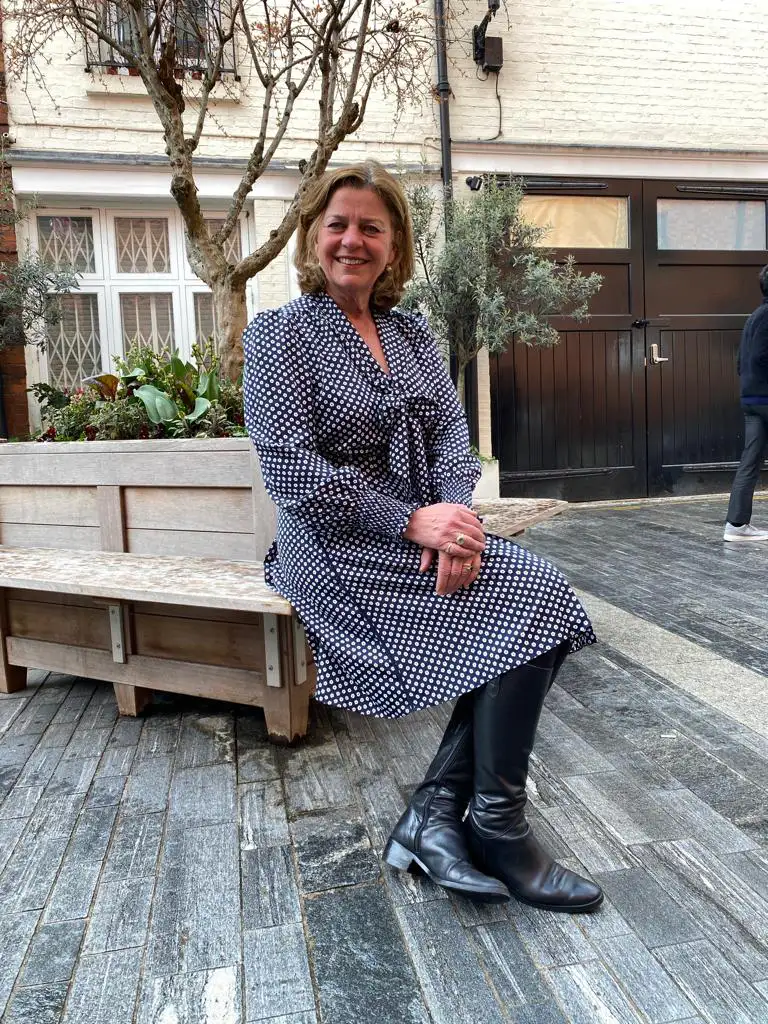 Alison Parkhouse
Alison Parkhouse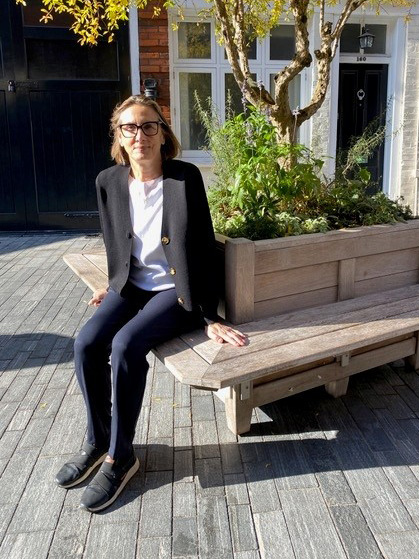 Caroline Noon
Caroline Noon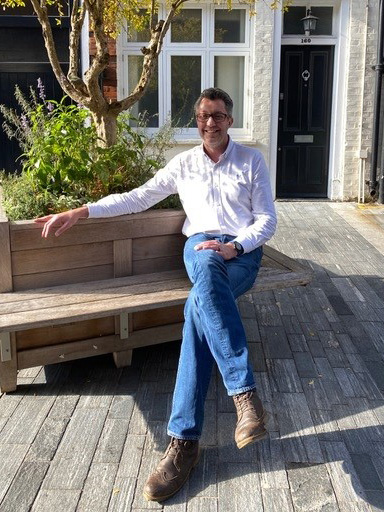 Chris Cathcart
Chris Cathcart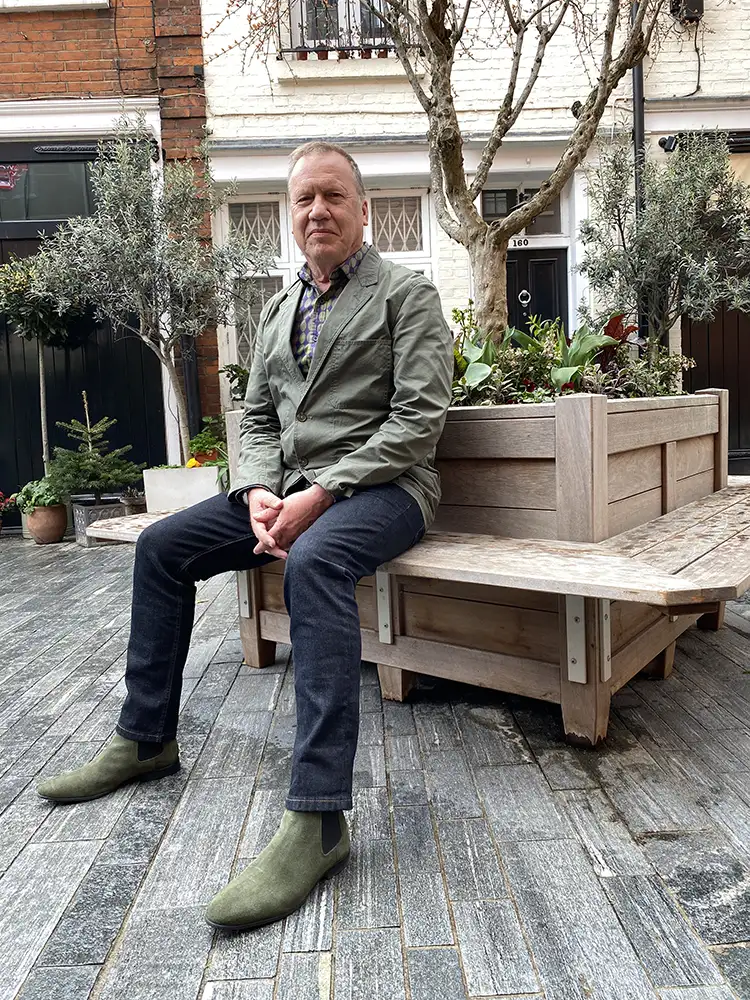 Chris Cleaver
Chris Cleaver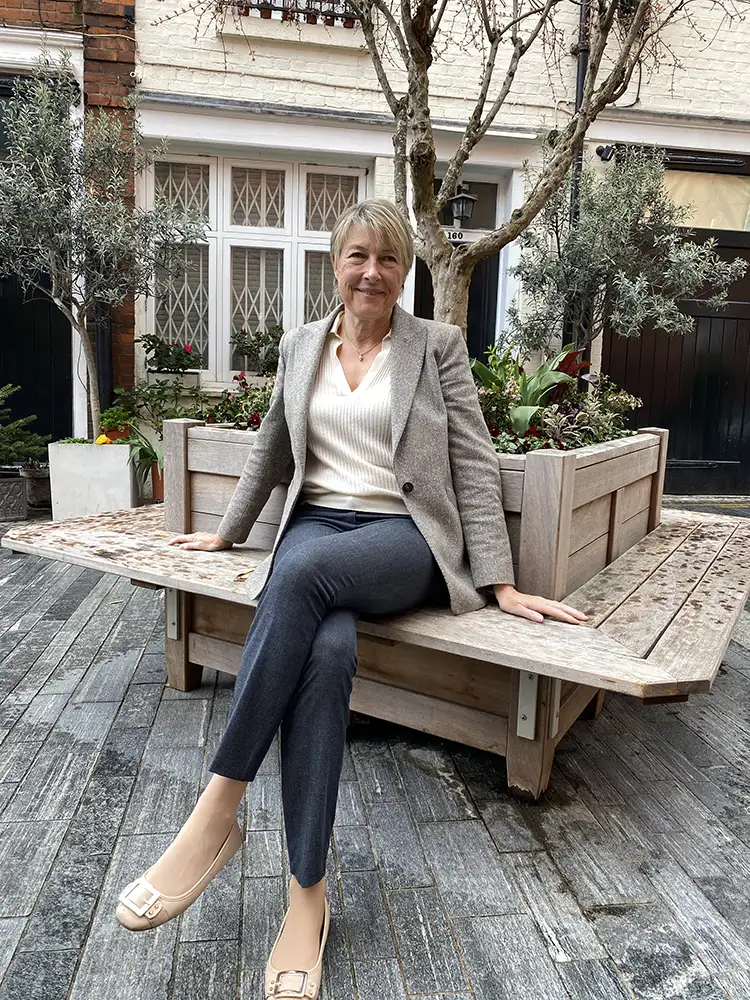 Clare Crawshay-Williams
Clare Crawshay-Williams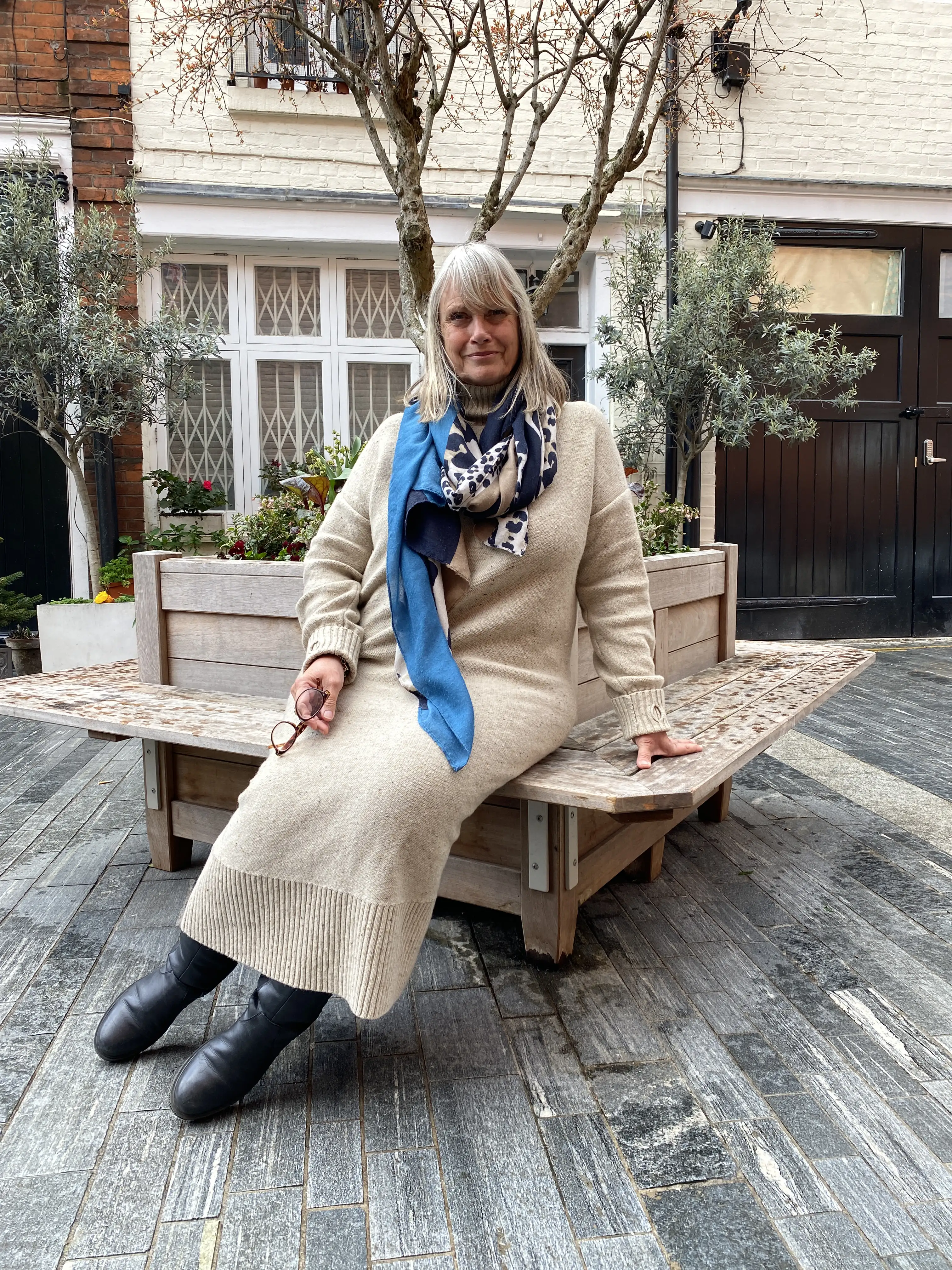 Kim Bell
Kim Bell
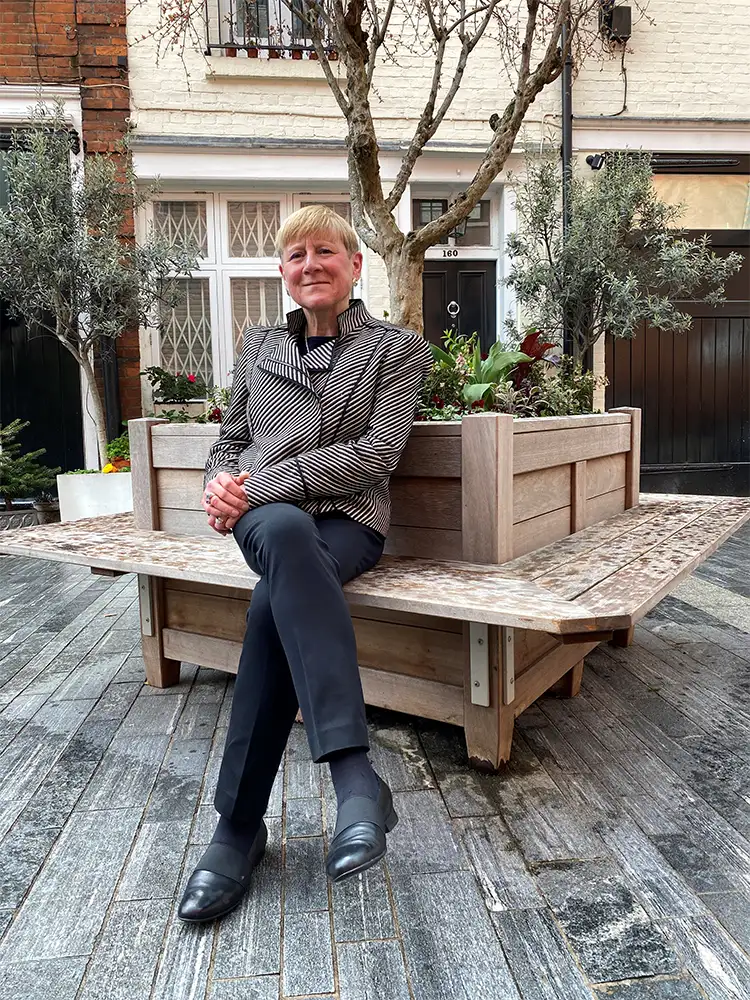 Mary Fagan
Mary Fagan